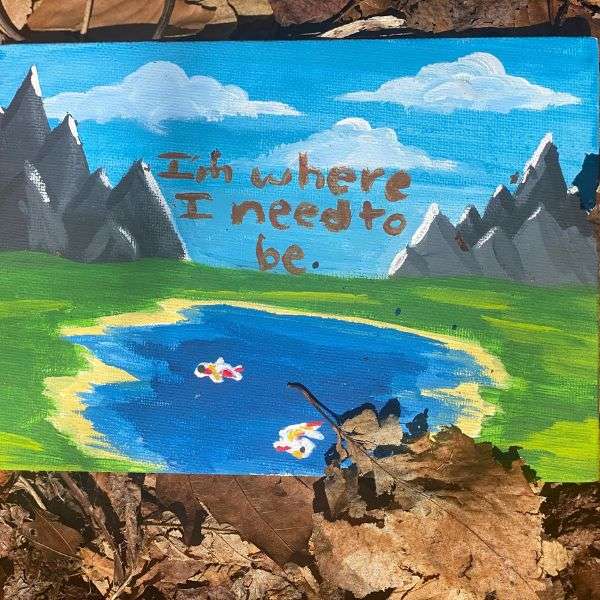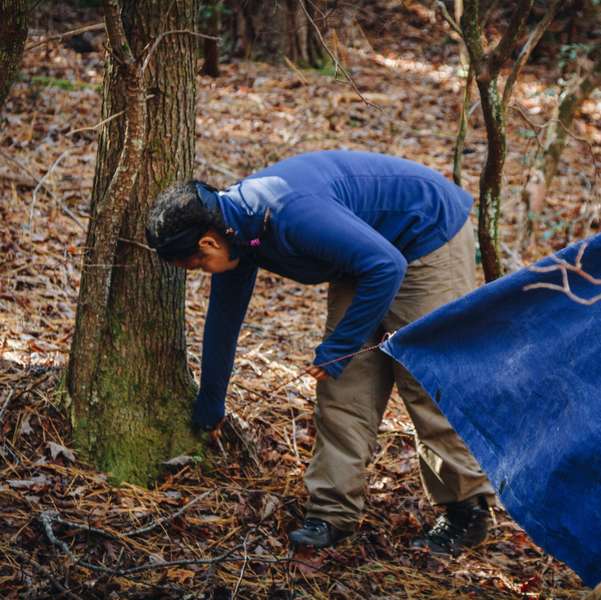This post originally appeared in All Kinds of Therapy, written by Emily Miranda. You can find that post here.
Any seasoned wilderness therapy staff knows the importance of students remaining well-hydrated. Being that our bodies are comprised of so much water, drinking plenty of it every day helps keep students’ bodies functioning properly; it helps with regulation of body temperature, aids in removing toxins, helps acclimatize the body to new altitudes, prevents headaches and even irritability (both can be signs of dehydration) and helps the skin and hair maintain moisture and deliver essential nutrients to the cells. So, when I was working in a wilderness therapy program in Utah, and one of my students was refusing to drink water, suffice it to say I was concerned. As the staff and I were processing how to support this student being safely hydrated, while still meeting her need for a sense of choice, one of the staff mentioned, “well, she’s not drinking enough water, but she also is asking for lotion because her skin is dry. So, she’s really not making the connection that if she were more hydrated, she wouldn’t need lotion.” This may come as a surprise, but hearing that comment, I felt even more concerned.
This time, not about my student asking for lotion, but the staff making an assumption that my student’s request for lotion was about some sense of “entitlement” and “lack of awareness”. While wilderness staff are trained to observe a student’s behavior and to look for ways that the student might be manipulating, newer staff may be unaware of the nuances of behavior and unable to make accurate therapeutic interpretations. In this instance, instead of seeing this student as an individual, her request was generalized and therefore pathologized as “entitlement”. I felt grave concern about her being viewed this way because she is Black. I am aware that it’s absolutely crucial in this instance to see her as an individual. Her dark skin has a lower pH than white skin, contains less glutathione, the melanin is packed more tightly, among other things… suffice it to say it is different than white skin and therefore needs different care. Yes, she may not be sufficiently hydrated, but this does not mean that she doesn’t need lotion. If I ignore this difference, I further the message that people who are marginalized often experience; the feeling of being invisible–and therefore unimportant. So, I can address the physical need for her to be well hydrated and the therapeutic implications of her refusing to drink water, while still being multiculturally aware and attentive to her need for additional hygiene products in order to maintain healthy self-care. In addition, I can name my awareness of these nuances, so that my student knows I’m seeing her as an individual, and not generalizing her behavior. These things aren’t mutually exclusive of one another, and being aware of all of them is holistic therapeutic care. Any good clinician knows that the therapeutic experience should be a reparative one, so if I choose to stay silent, I further the wounding and no repair work is done.
This is one small example of an instance in a therapeutic setting where the need for multicultural awareness is tantamount to the individualized treatment that we promise to deliver. Every parent who sends a child to treatment makes an overwhelmingly difficult decision to do so. It is a painful process to make a choice to send a child to the hands of strangers, with a hope that healing can and will come. And every one of those parents wants to know that their child will truly be “seen” and “heard” for the individual that they are. This dynamic is even more poignant for students who have marginalized identities, and particularly in this instance, a Black student in a therapeutic setting that is predominantly white. It is absolutely imperative that clinicians see each student in the larger context of family, culture, community and society, in order to truly be individualized in their treatment approach. And in this approach, they must be willing to consider that behavior that might be deemed a ‘mental illness’ or ‘pathologized’, is in fact, behavior that is actually about wellness for that individual.




